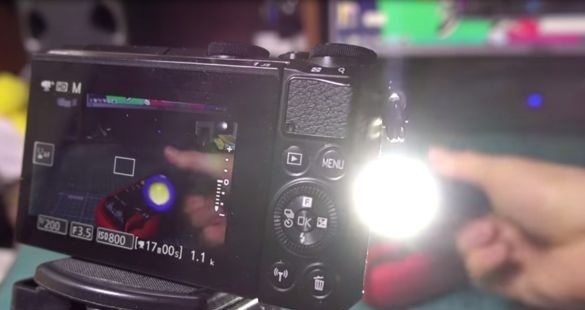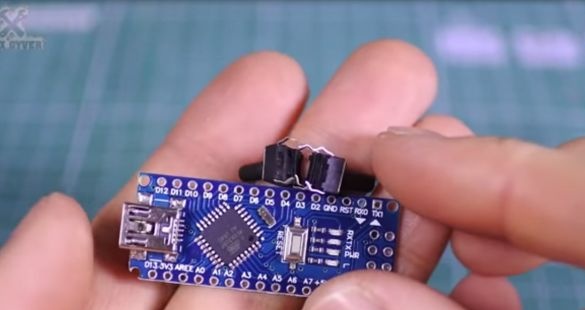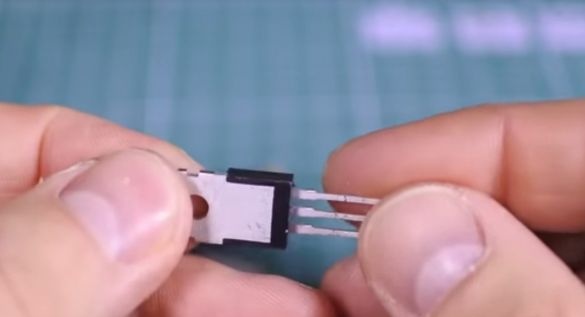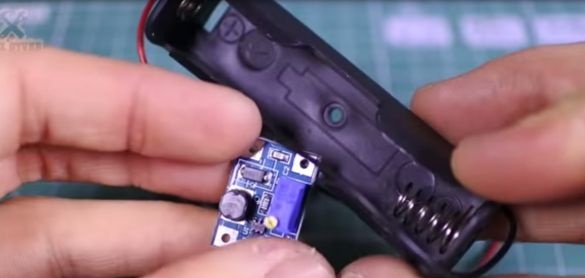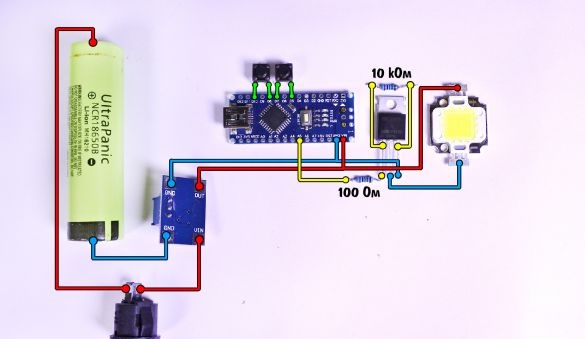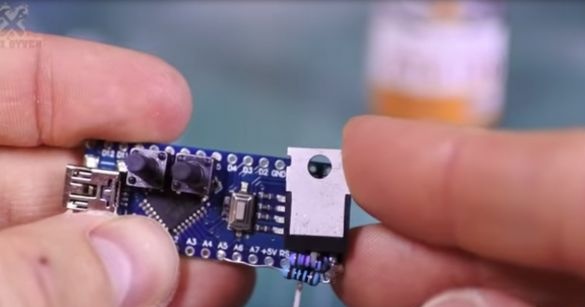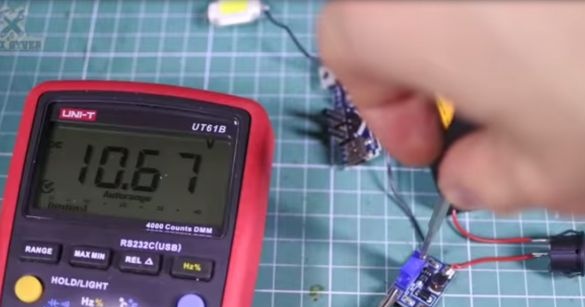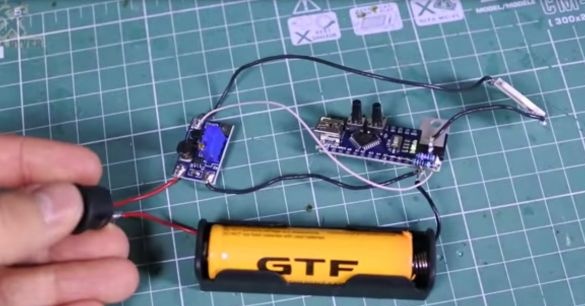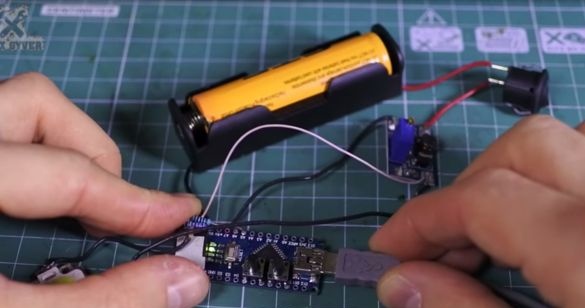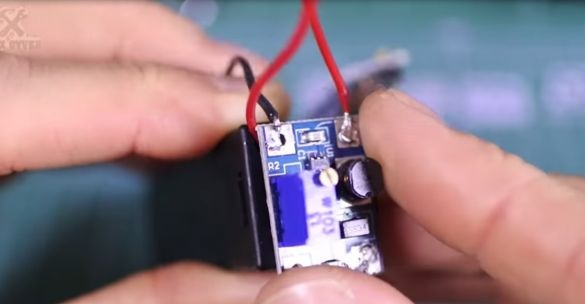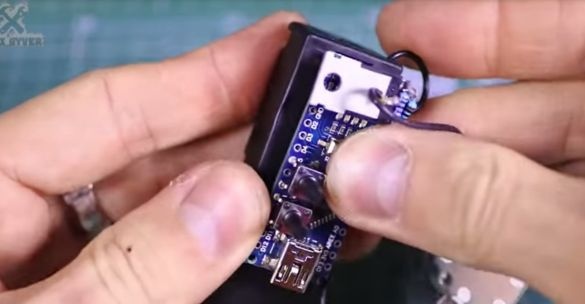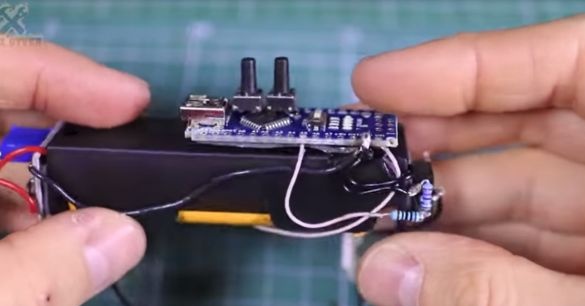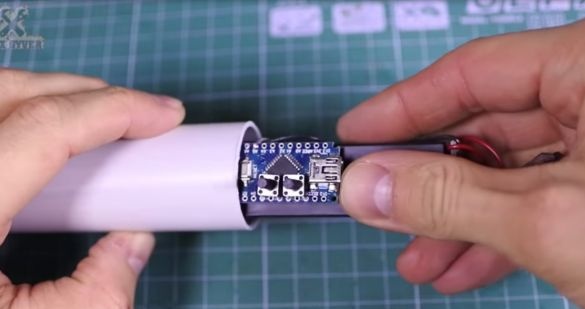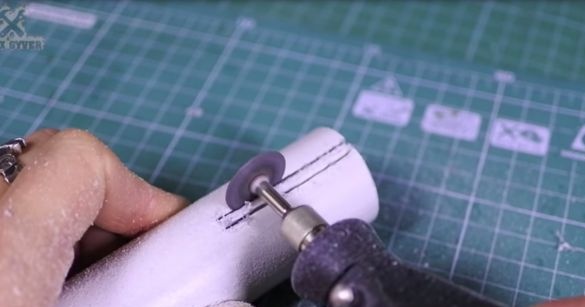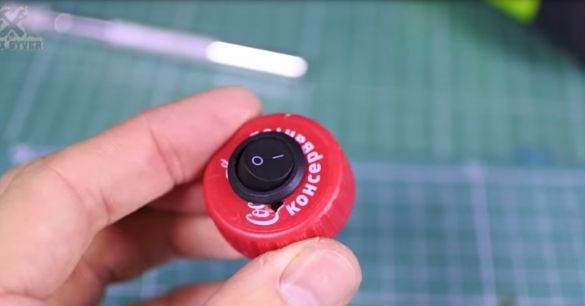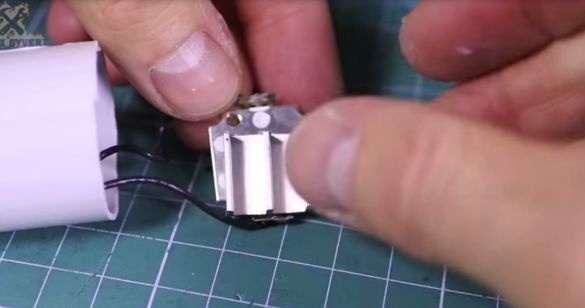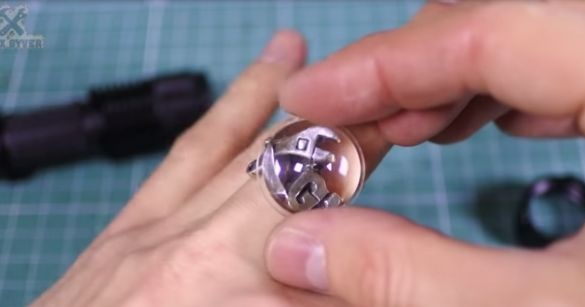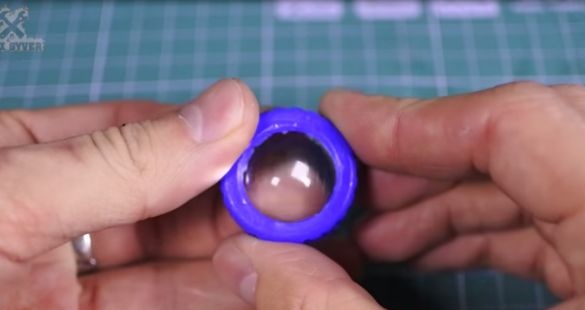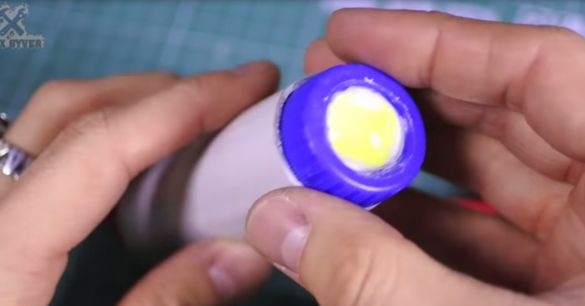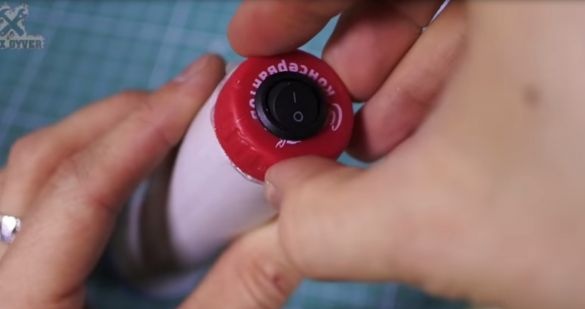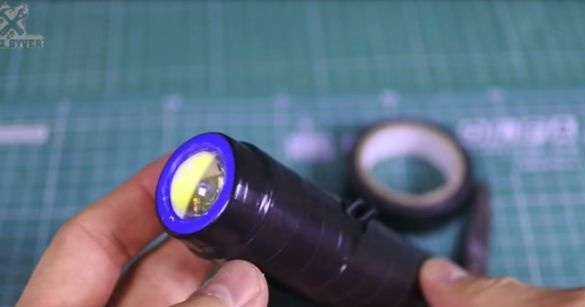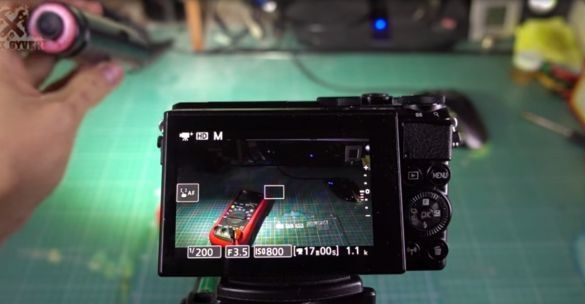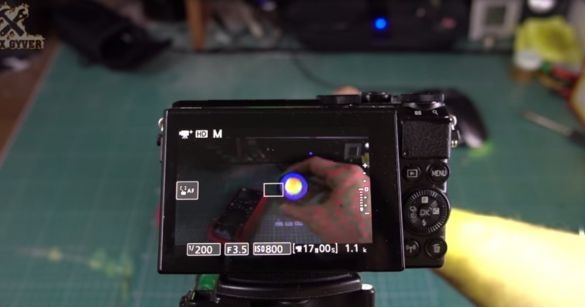Well, actually, you already understood the essence homemade. Here is a flashlight, here we shine with it, and the light from it is visible on the camera. The camera sees him, you see him, everyone sees him. But here we take the second camera, and the light from the lantern is no longer visible. Pretty funny. The camera is recording now, all honestly. But how is this even possible?
Let's get it right.
Let's start with how the camera records video. There is such a thing as frame rate. For example: we shoot at a frequency of 30 frames per second. So, in one second, the camera manages to take 30 separate photos. And there is such a thing as endurance. Exposure splits the time of each frame, i.e. this is the time for which the camera shutter opens in order to take one shot. While the shutter is open, the matrix receives an image from the real world. As a result, it turns out that the video is recorded 30 times per minute, and each time only that small piece is written that falls into the shutter speed. So it turns out that most of the time the camera does not record anything. Amazing
The idea itself is to flash the flashlight at such a frequency that the flashlight shines only when the camera shutter is closed. Then the camera simply cannot record the light.
Let's get started!
We will control the light with arduino and two buttons.
We take the LED in the form of a 10-watt matrix, which is powered by 11V DC.
We will control the LED using a transistor.
The system will be powered by a lithium-ion battery through a boost module
The connection diagram is nothing complicated.
First, solder the buttons, and then everything else.
The output from the boost module is not connected anywhere. We take a multimeter and set the voltage to 11 V.
Turn on. Nothing exploded, light bulbs blinked joyfully on the arduino - all is well!
Next, we connect the arduino to the computer via micro USB to download the firmware. Firmware can be downloaded here:
We continue assembly! We attach the step-up module to the battery compartment on a double-sided tape and the same arduino. Mosfet also had to be taken out separately and also glued to the battery compartment on double-sided tape.
As the body we use a rigid PVC pipe with a diameter of 32 mm.
To make everything fit, for the buttons we make a long slot.
Caps from both ends of the body will be bottle caps. In one you need to make a hole for the switch.
The LED will operate in a pulsed mode, but still get a little warm. Therefore, from a piece of aluminum profile, you need to make a small radiator and stick it on the adhesive thermal paste.
The LED has a fairly wide cone of light, and to narrow it, we need a lens. It can be picked out from some old flashlight.
And under this lens, too, have to make a huge hole. Glue the lens on hot snot. Press the LED to it and fix it with the same hot glue.
We stick both plugs on the same substance.
For beauty, and also in order to fix the plugs even more firmly, we wrap the entire flashlight with electrical tape.
Well that's all, a flashlight with an invisible light is ready!
Let's figure out how to set up a flashlight. We take the camera and set the shutter speed to less than 0. 01 seconds. Turn on the flashlight. We see a dark strip on the camera ... This dark strip is precisely the area where the light from the flashlight is not visible. This is due to the fact that information is written to the matrix line by line. It turns out that light sometimes falls between frames.
And the strip is moving, this is due to the fact that it was not possible to set the time perfectly. Our goal is to stop the movement of this strip. And also move it so that it occupies the entire frame. It is for these purposes that there are buttons on the flashlight. With short presses of the buttons, we change the time between flashes of LEDs by 1 micro second (this is 1 millionth of a second). This setting can achieve a complete stop of the strip. Now, holding the button, we sharply change the interval between flashes, and the strip begins to move quickly. We put it so that it occupies the entire frame. And now the light from the flashlight is not completely visible to the camera!
Here we have such an unusual flashlight!
Thanks for attention!
Original video by the author:

